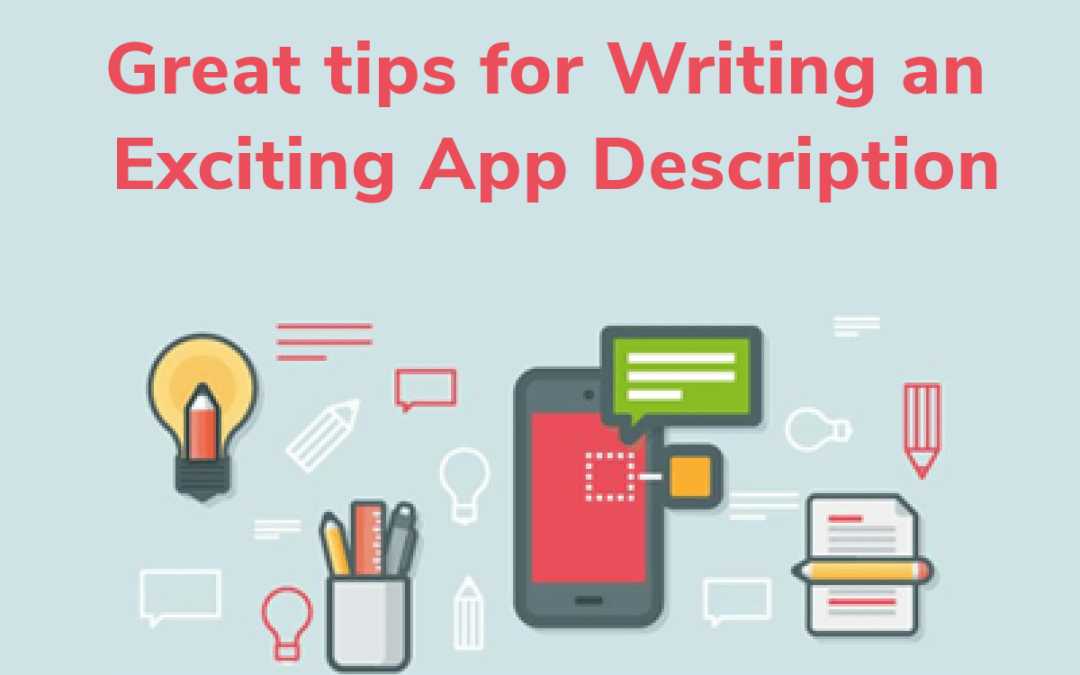An app description is one of the critical elements in your app that can induce the reader’s interest. It is an integral part of the app’s metadata and a common field that most app store visitors read to know more about your app.
To ensure your app description is well written, it must answer the below questions:
- What is your app about?
- What makes your app unique?
- Why should the user download your app?
Why is an app description important for App Store Optimization?
The app description is an important influence in the app marketing strategy. This is because the description provides information that is presented in an appealing way to gain the best first impression from the user.
- Gain the interest and attention of the app visitor.
- Address the need and desires of the target audience
- Tell about your app to potential users and marketers.
- Share all the functions and features of your app.
- Improve your app ranking.
- Explain the reasons why your app is unique.
- Offer clear instructions on how to use the app.
- Share contact details and customer-support e-mail id.
Short and Long descriptions in the app description
In any app store, the description plays a vital role because the keywords in the description are directly linked to it. And this has a significant influence on the app’s algorithm.
Short description – This is like an invitation to the app visitor to click and read more about the app. It has a slot of 80 characters, so remember to use the relevant keywords here wisely. It has to be in convincing and straightforward language.
Long Description – This field is 4000-character long and is a continuation of the short description. For an impressive start, begin with the app’s highlights and USP.
In the long description, use the app’s full name and the popular keywords with the right density. This can influence the user’s recall and induce interest, helping you rank higher.
How to write app description
- Provide Social acknowledgment
Include great reviews from media influencers and positive user feedback. Gain the trust and curiosity of the app visitor by showing good app reviews. Make the app easy to share, so current users can spread the word and recommend the app.
- Begin with an impressive start line
The first three lines in the app description are crucial to making an impression. First, answer the user’s issues and highlight the app’s benefits. This will encourage the visitor to download the app.
- Accessible to all types of audience
The description must be able to translate the elements of the app and make the user understand its features. Create engaging content by considering the regional mindset to localize effectively.
- The description must match with app’s value.
Do not over-exaggerate, yet explain clearly the solutions the app offers. Describe the essence and values of the app and how you aim to provide it to the users.
- Make the description like a compelling message.
The app description is the best place to place the relevant keywords. But if you overuse the keywords, it will bore and confuse the user. Also, avoid technical terms and heavy jargon. Instead, keep it simple and clear.
- Build a relationship with the user
The description should sound sincere by addressing the problems and doubts of the user. Assure them of a trustable relationship by showing empathy and the rewards and benefits of the app.
Mistakes to avoid while creating the app description
- Do not use this space to fit keywords but to give a convincing message.
- Use the 4000 characters only if needed; otherwise, the description space will look congested.
- Do not stuff keywords in the short description. Tell the app feature here and elaborate on the purposefulness in the long description.
- Check and re-check for grammar and spelling mistakes.
- Avoid over formatting and complex words.
- Keywords should not be overfitted in the description.
- Don’t forget to add a call to action at the end of the app description.

